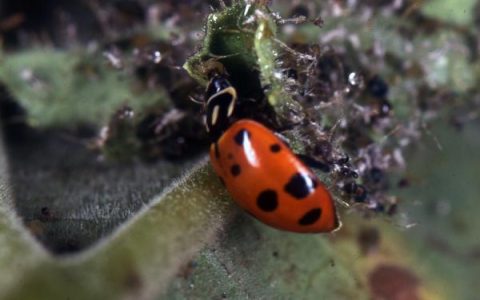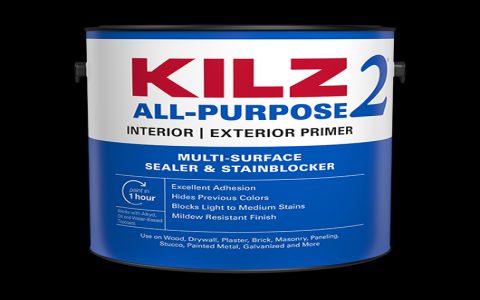Identifying "tiny black bugs" in Florida can be challenging due to the wide variety of small insect species. Precise identification typically requires observing their behavior, exact location, and whether they bite. However, several common insects fit this general description.
Common Tiny Black Bugs in Florida
-
No-See-Ums (Biting Midges):
These are extremely small flies, often less than 1/8 inch long, appearing dark gray to black. They are infamous for their painful bites, which can result in itchy, red welts. No-see-ums are most active around dawn and dusk and are prevalent near coastal regions, marshes, and areas with standing water. Their diminutive size allows them to easily pass through standard window screens.

-
Fleas:
Fleas are small, wingless insects, usually dark reddish-brown to black, measuring about 1/12 to 1/6 inch. Their bodies are laterally compressed, enabling them to navigate through fur or feathers efficiently. Commonly associated with pets, flea bites cause itchy red spots. They are known for their impressive jumping ability.
-
Thrips:
Thrips are tiny, slender insects, often equipped with fringed wings. While numerous species exist, some are black or dark brown and measure approximately 1/20 inch. They primarily feed on plants, leading to discoloration or deformation of leaves and flowers. Certain thrips species are known to bite humans, causing minor skin irritation. They can be found indoors, often transported on plants or blown in through open windows.
-
Fungus Gnats:

These are small, delicate, dark-bodied flies that resemble tiny mosquitoes, typically 1/8 inch or smaller. They are frequently found indoors around houseplants and in moist environments, as their larvae feed on fungi and organic matter present in the soil. Fungus gnats do not bite humans but can become a nuisance due to their numbers.
-
Minute Pirate Bugs (Orius insidiosus):
These are very small bugs, about 1/8 inch long, with an oval shape, often black with distinctive whitish markings on their wings. While they are beneficial insects preying on garden pests like thrips and mites, they can occasionally deliver a surprisingly painful bite to humans. They are common in gardens and agricultural settings but may wander indoors.
General Management and Prevention Strategies
Effective control depends on accurate identification. However, some general strategies can help manage these pests:
- Moisture Reduction: Address any water leaks, improve drainage around the property, and avoid overwatering houseplants to discourage pests like fungus gnats and no-see-ums that thrive in damp conditions.
- Seal Entry Points: Ensure that windows and doors have well-fitting screens. Seal any cracks, crevices, or gaps in the building's foundation and around utility penetrations. For no-see-ums, finer mesh screening might be necessary.
- Maintain Sanitation: Regular vacuuming, especially in areas frequented by pets if fleas are suspected, and general cleanliness can significantly reduce pest harborage sites.
- Pet Care for Fleas: If fleas are identified, consult a veterinarian for appropriate flea control products for your pets and implement measures to treat the home environment.
- Yard Maintenance: Keep grass mown and manage dense vegetation near the home to reduce outdoor breeding grounds for various pests.
For persistent or severe infestations, or if identification proves difficult, seeking assistance from a professional pest control service in Florida is advisable for effective and targeted treatment.










